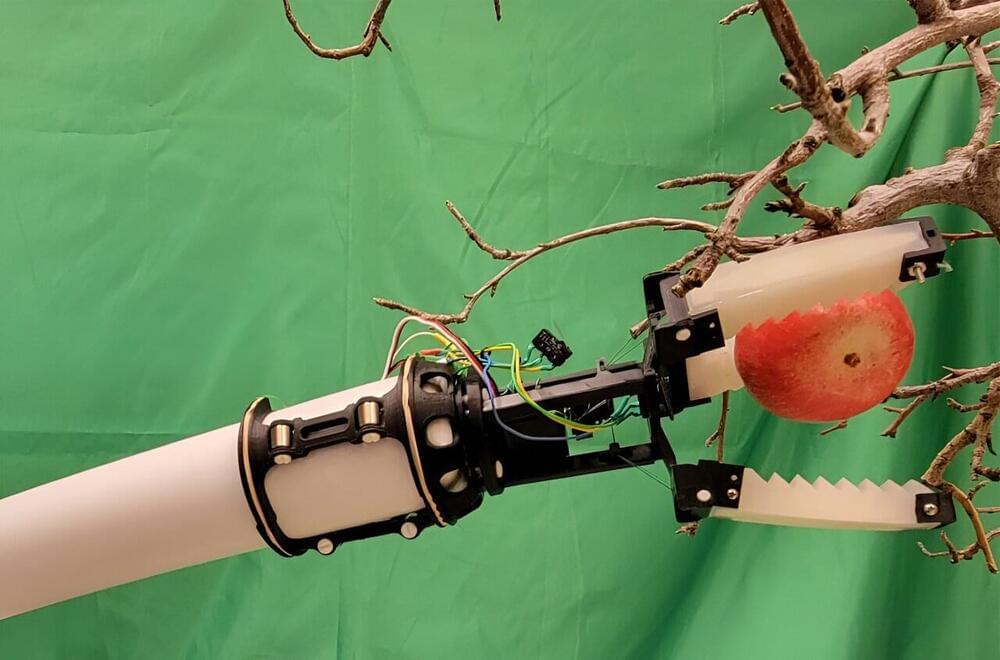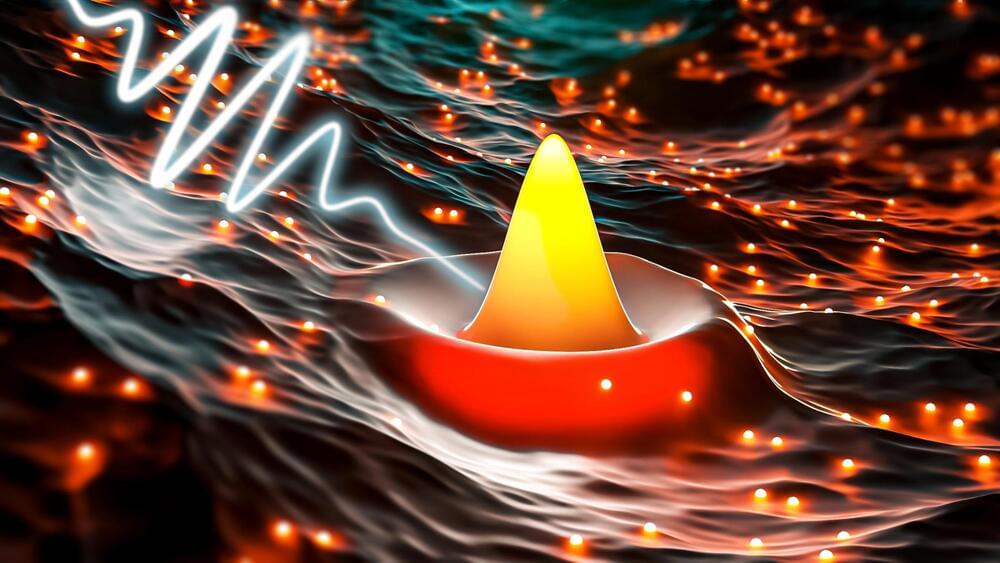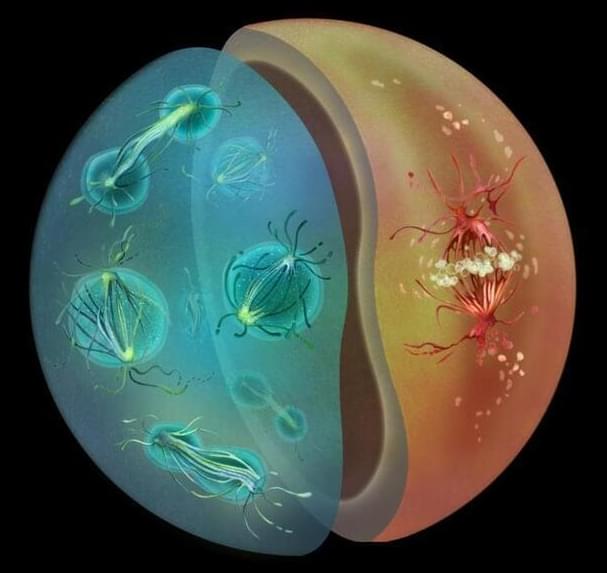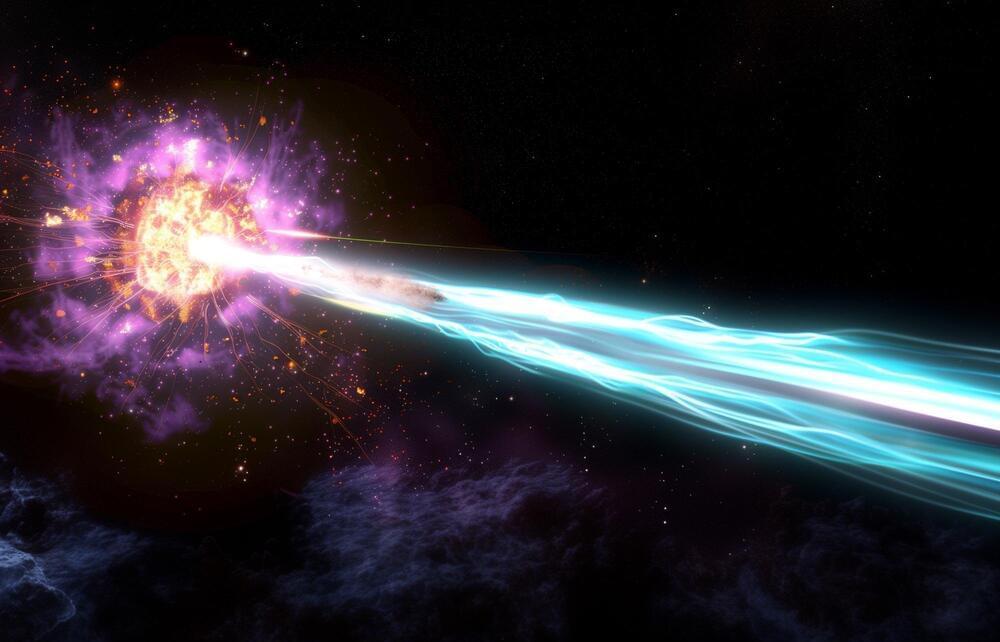Investments in carbon-free energy will be twice as large as fossil fuel spending in 2024, the International Energy Agency predicts.
By Benjamin Storrow & E&E News
CLIMATEWIRE | Clean energy is on fire.

Investments in carbon-free energy will be twice as large as fossil fuel spending in 2024, the International Energy Agency predicts.
By Benjamin Storrow & E&E News
CLIMATEWIRE | Clean energy is on fire.

Washington state leads the nation in apple production, and in 2022, the industry contributed more than two billion dollars to the U.S. gross domestic product. Throughout Washington, farms employ anywhere from a dozen to hundreds of workers each year for orchard operations, including for pollination, pruning, flower thinning and fruit harvesting. With an aging population and a decrease in migrant farm workers, however, farmers have struggled to meet their needs for workers during harvest season.
In recent years, researchers have started developing robotic apple harvesting systems, but the ones that have been developed are expensive and complex to use in orchards.
Ninatanta, who grew up in Yakima, Washington, picked fruit alongside his parents during his childhood. When he began his work with Luo on a robotic apple gripper, he had his parents videotape their work, so he could model his gripper on their handiwork.

What is gravity without mass? Both Newton’s revolutionary laws describing its universal effect and Einstein’s proposal of a dimpled spacetime, we’ve thought of gravity as exclusively within the domain of matter.
Now a wild new study suggesting that gravity can exist without mass, conveniently eliminating the need for one of the most elusive substances in our Universe: dark matter.
Dark matter is a hypothetical, invisible mass thought to make up 85 percent of the Universe’s total bulk. Originally devised to account for galaxies holding together under high speed rotation, it has yet to be directly observed, leading physicists to propose all sorts of out-there ideas to avoid invoking this elusive material as a way to plug the holes in current theories.

Peering deeply into the cosmos, NASA’s James Webb Space Telescope is giving scientists their first detailed glimpse of supernovae from a time when our universe was just a small fraction of its current age. A team using Webb data has identified 10 times more supernovae in the early universe than were previously known. A few of the newfound exploding stars are the most distant examples of their type, including those used to measure the universe’s expansion rate.

Researchers at the University of Bonn have demonstrated that super photons, or photon Bose-Einstein condensates, conform to fundamental physics theorems, enabling insights into properties that are often difficult to observe.
Under suitable conditions, thousands of particles of light can merge into a type of “super photon.” Physicists call such a state a photon Bose-Einstein condensate. Researchers at the University of Bonn have now shown that this exotic quantum state obeys a fundamental theorem of physics. This finding now allows one to measure properties of photon Bose-Einstein condensates which are usually difficult to access. The study was published on June 3 in the journal Nature Communications.
If many atoms are cooled to a very low temperature confined in a small volume, they can become indistinguishable and behave like a single “super particle.” Physicists also call this a Bose-Einstein condensate or quantum gas. Photons condense based on a similar principle and can be cooled using dye molecules. These molecules act like small refrigerators and swallow the “hot” light particles before spitting them out again at the right temperature.

A new study reveals that oxide membranes can confine infrared light to a greater extent than traditional methods, promising advancements in imaging resolution and applications in photonics and thermal management.
Researchers have successfully shown that a particular type of oxide membranes can effectively confine, or “squeeze,” infrared light. This breakthrough could enhance future infrared imaging technologies. These thin-film membranes outperform traditional bulk crystals in confining infrared light.
“The thin-film membranes maintain the desired infrared frequency, but compress the wavelengths, allowing imaging devices to capture images with greater resolution,” says Yin Liu, co-corresponding author of a paper on the work and an assistant professor of materials science and engineering at North Carolina State University.

Research indicates that long-term depression from young adulthood negatively impacts cognitive function by middle age, with greater effects seen in black adults, possibly explaining some disparities in dementia risk.
According to a study published in the June 12, 2024, issue of Neurology, the journal of the American Academy of Neurology, prolonged depressive symptoms beginning in young adulthood are associated with poorer thinking and memory skills by middle age. Additionally, the study noted that black adults are more likely to experience these depressive symptoms compared to white adults.
Racial disparities in depression and dementia risk.

Cell division is a crucial process for all life forms, from bacteria to blue whales, enabling growth, reproduction, and the continuation of species. Despite its universal nature, the methods of cell division vary significantly across organisms. A recent study by EMBL Heidelberg’s Dey group, along with their collaborators and published in Nature, investigates the evolution of cell division methods in organisms closely related to fungi and animals. For the first time, this research demonstrates the connection between an organism’s life cycle and its cell division techniques.
Despite last sharing a common ancestor over a billion years ago, animals and fungi are similar in many ways. Both belong to a broader group called ‘eukaryotes’ – organisms whose cells store their genetic material inside a closed compartment called the ‘nucleus’. The two differ, however, in how they carry out many physiological processes, including the most common type of cell division – mitosis.
Most animal cells undergo ‘open’ mitosis, in which the nuclear envelope – the two-layered membrane separating the nucleus from the rest of the cell – breaks down when cell division begins. However, most fungi use a different form of cell division – called ‘closed’ mitosis – in which the nuclear envelope remains intact throughout the division process. However, very little is known about why or how these two distinct modes of cell division evolved and what factors determine which mode would be predominantly followed by a particular species.

Machine learning revolutionizes distance measurement in astronomy, providing precise estimates for gamma-ray bursts and aiding in cosmic exploration.
The advent of artificial intelligence (AI) has been hailed by many as a societal game-changer, as it opens a universe of possibilities to improve nearly every aspect of our lives.
Astronomers are now using AI, quite literally, to measure the expansion of our universe.
